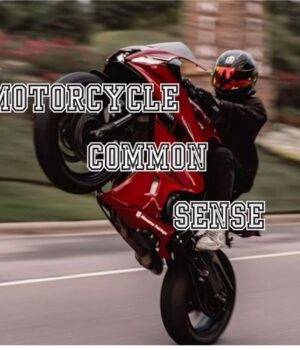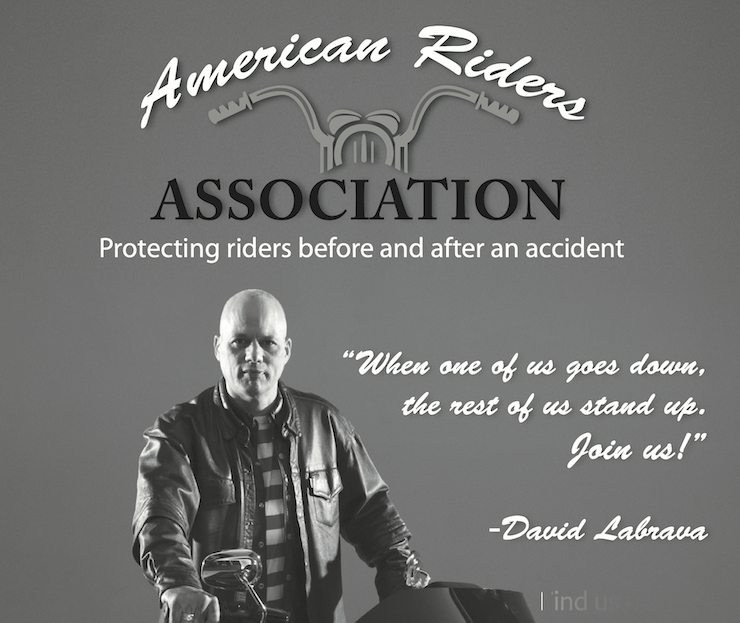Ohio ain’t got a “dead red” law, so if you’re ridin’ through the Buckeye State, you better sit tight at that red light—no matter how long it takes. Unlike some other states where bikers can roll through after a set time when the sensor doesn’t pick ’em up, Ohio expects you to wait for green like everyone else.
Some states get it—when a traffic light won’t budge, bikers shouldn’t be left hanging. That’s why a bunch of them have stepped up with “dead red” laws, letting riders blow through a busted signal after stopping. The rules vary—some make you wait a set time, anywhere from 45 seconds to 3 minutes, while others just say go when it’s safe. Pennsylvania’s the only place where this applies to all vehicles, not just bikes.
Meanwhile, a few states are actually doing something about the problem. Washington demands traffic lights be built to recognize motorcycles and bicycles, so riders aren’t stuck waiting forever. Texas and California have sensor requirements too, but enforcement depends on where you are. North Carolina’s taking another route—flashing red signals at broken lights so every driver treats them like a stop sign.
Everything breaks eventually, and traffic lights are no different. But what happens when the light works fine for everyone—except you? Every biker knows the frustration of sitting at an empty intersection, waiting for a signal that’ll never change. Indiana state Rep. Mike Karickhoff saw the problem and did something about it. When he introduced a bill letting motorcyclists roll through a stubborn red light, he called out the real issue—too many traffic signals can’t detect bikes. And when a light doesn’t see you, it’s more than just annoying—it’s dangerous for riders and everyone else on the road.
Rep. Karickhoff laid it out plain and simple—the real danger for riders isn’t just a stubborn red light, it’s the crappy choices they’re left with when the signal won’t change. They can blow through it and risk a ticket, sit there like a sitting duck hoping a car rolls up behind them to trigger the sensor, or take an inconvenient right turn just to get moving again. None of those are good options.
Let’s be real—most bikers, after waiting long enough, are gonna do what they have to and carefully roll through that useless red. The problem? That move’s illegal in most states. The smart fix? Give riders the green light to proceed safely when the system fails them. It’s not about breaking the rules—it’s about making the rules work for everyone on the road.
So how and why does this happen? It all comes down to how traffic signals work. There are two types: timed and demand-actuated. Timed lights run on a fixed cycle, so they’ll change no matter what. No issues there. The real problem is with demand-actuated signals, which rely on sensors to detect vehicles and adjust the light based on traffic flow.
These sensors come in two main types: in-pavement and over-roadway. Over-roadway systems —like video cameras, lasers, and infrared sensors—are usually advanced enough to detect motorcycles without a problem. Some weight-sensing systems can even pick up bicycles. But
here’s the kicker—most intersections still use electromagnetic inductive detector loops, the most common (and most frustrating) sensor out there for riders. These loops work by detecting large metal objects, and guess what? Motorcycles often don’t have enough conductive material to trigger them. So while cars get the green light without thinking twice, bikers are left stranded at an intersection that doesn’t even know they’re there.
Inductive detector loops are basically giant underground metal detectors, always running a current through their wires. When a big hunk of metal—like a car—pulls up, it disrupts that current, signaling the system that a vehicle is waiting. Simple, right? Problem is, these things are tuned for cars, not bikes. A lot of motorcycles don’t have enough metal mass or sit too high off the ground to trip the sensor. That’s why you end up stuck at a red light, watching the world go by while you sit there like an idiot for two and a half minutes.
Luckily, “Dead Red” laws have been gaining traction, so in nearly half the states, bikers don’t have to play the waiting game. No more hoping a car pulls up to save you, no more risky maneuvers just to get moving, and most importantly, no more unnecessary tickets. But if you’re in Ohio, things have changed—again. If you get stuck at a red, your only legal move is to report the light and wait for it to be fixed.
And here’s the kicker—if you run the red and get caught, the burden is on you to prove the light was malfunctioning. If you get into an accident? You’ll probably be the one at fault, and you can bet there’ll be a citation with your name on it. So ride smart, know your state’s laws, and don’t let a busted traffic light be the reason you get nailed.
Want to report a busted light? Here’s how:
- Know the Spot: Make sure you’ve got the exact intersection and the problem locked down. Is the light stuck on red? Can’t trigger it with your bike? Get the details.
- Call the Right People:
- For state roads, hit up ODOT at 1-877-244-0911 or use their website to report it: ODOT Contact.
- For local roads, get in touch with your city or county’s traffic department. Check your city’s website to find the right number or form.
- Online Option: Some cities, like Columbus, let you report issues online. Find out if your city does the same.
- Give the Details: Tell ‘em exactly where the light is and what’s wrong, so they can fix it fast.
Get it reported, so you’re not stuck waiting or taking risks at a broken signal. Keep the rubber side down, and stay smart out there!












